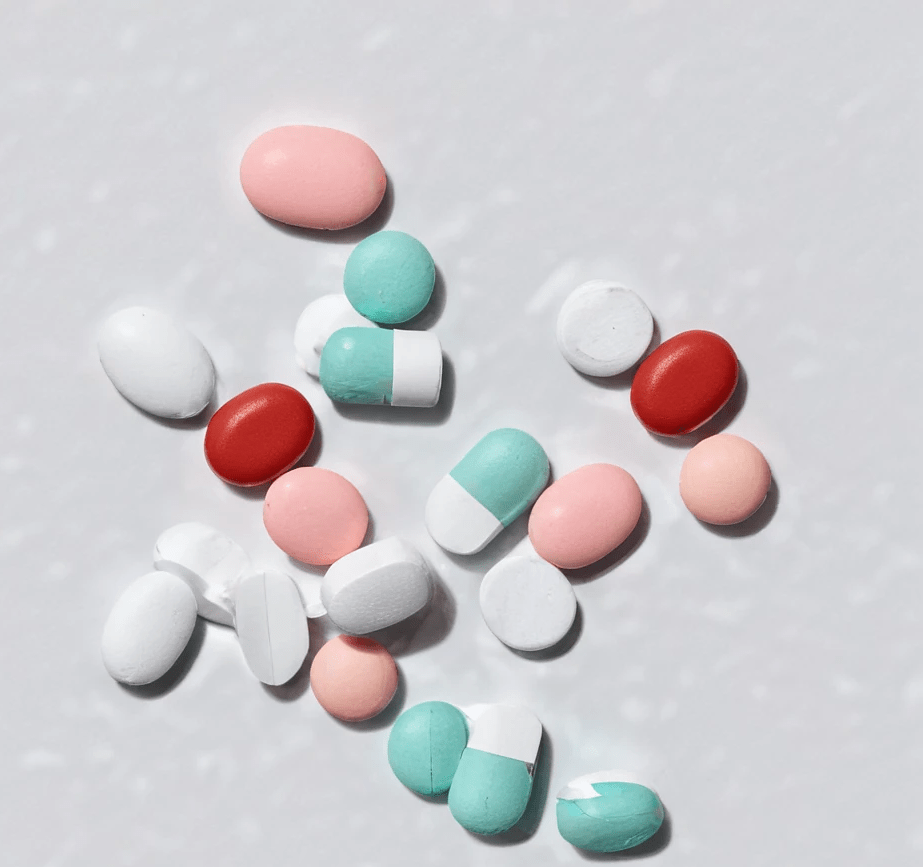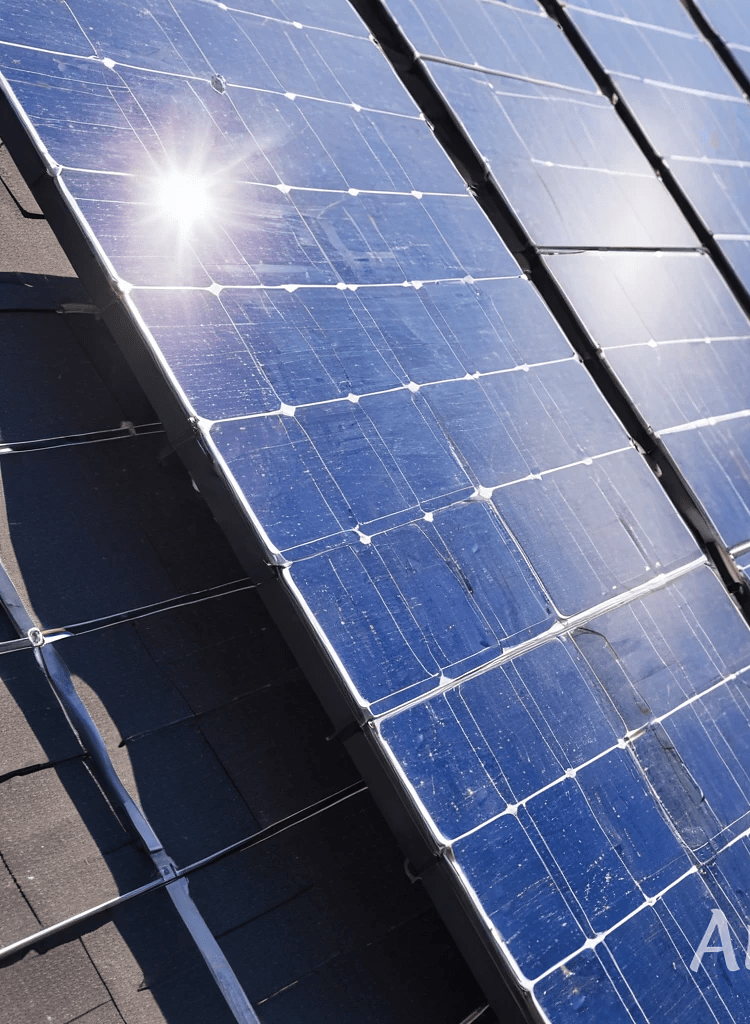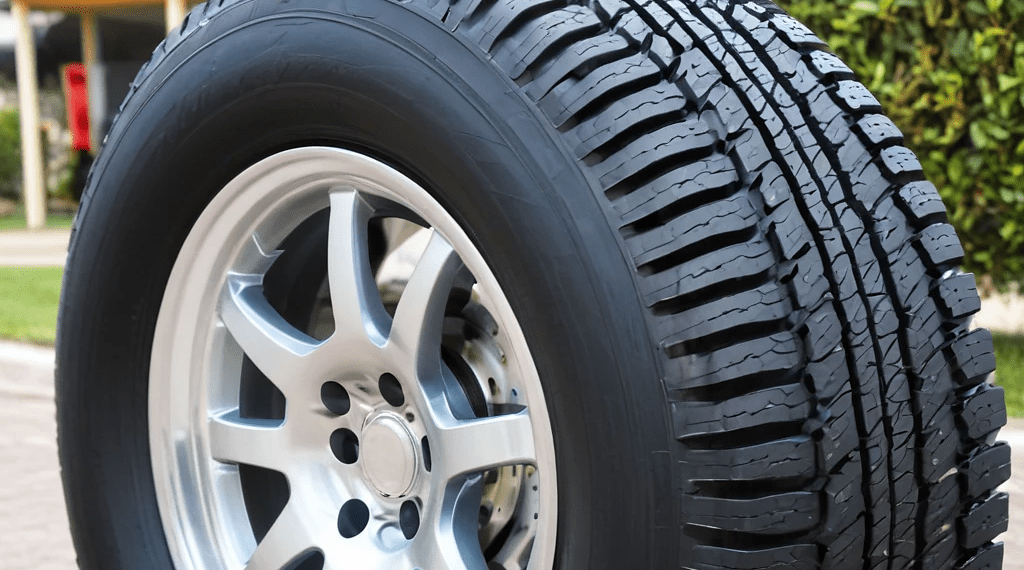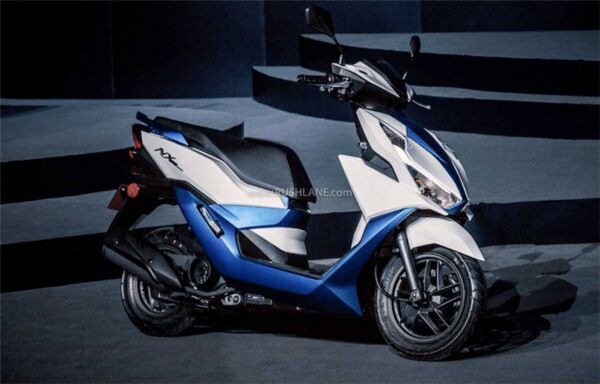The Lok Sabha secretariat has decided to provide simultaneous interpretation of parliamentary proceedings in Six different languages including Sanskrit. This introduction of Sanskrit interpretation in the Lok Sabha is a testament to the government’s efforts to bring the language into the mainstream. This initiative can serve as a stepping stone for broader applications of Sanskrit in official, scientific, and legal frameworks and proceedings. As a language if it can facilitate real-time parliamentary debates, why not intellectual property filings? In current era other countries are embracing their linguistic heritage in scientific and technical field. India has the opportunity to take a pioneering step by integrating Sanskrit into its patent system.
Although, Sanskrit itself is not directly related to patent or the legal world in the same way as English or other common languages for intellectual property. However, there are a few reasons why Sanskrit might come up in discussions related to patents or intellectual property, even if it’s not the primary language of patents:
1. Historical Context: Sanskrit is one of the oldest languages in the world and has a rich historical and cultural significance. If a intellectual property involves traditional knowledge, especially from regions where Sanskrit is or was historically used, it may be relevant to discussions on the protection of ancient wisdom or practices. In such cases, Sanskrit could be part of the research or documentation, especially when related to traditional Indian medicine, spiritual practices, or ancient technologies that might be patented.
2. Patent Language Innovation: The Patents are usually filed in legal and technical languages (like English, Chinese, Japanese etc). The creative solutions or innovations described in patents might reference Sanskrit, particularly when the patent involves innovations related to language processing, machine learning, or translation tools for rare or ancient languages. For example, a patent could be related to systems that analyze Sanskrit texts or make them more accessible through modern technology.
3. Symbolic Significance: The companies might use Sanskrit or Sanskrit-based words as part of trademarks and for branding their products and services, especially in tech or pharma industries. If a brand name or concept connected to Sanskrit were part of a larger patent dispute or related to intellectual property rights, it might show up in legal news or patent filings.
4. Technology for Translation: Patents related to AI and natural language processing might be used to improve or automate the translation of ancient languages like Sanskrit into modern languages. This could be valuable in academia, research, and technology, which could tie into the patent landscape.
It can reflects India’s ability to connect its ancient traditions and knowledge with modern needs. By reviving Sanskrit in this modern context, India could underscore the enduring relevance of ancient wisdom in addressing contemporary challenges.






